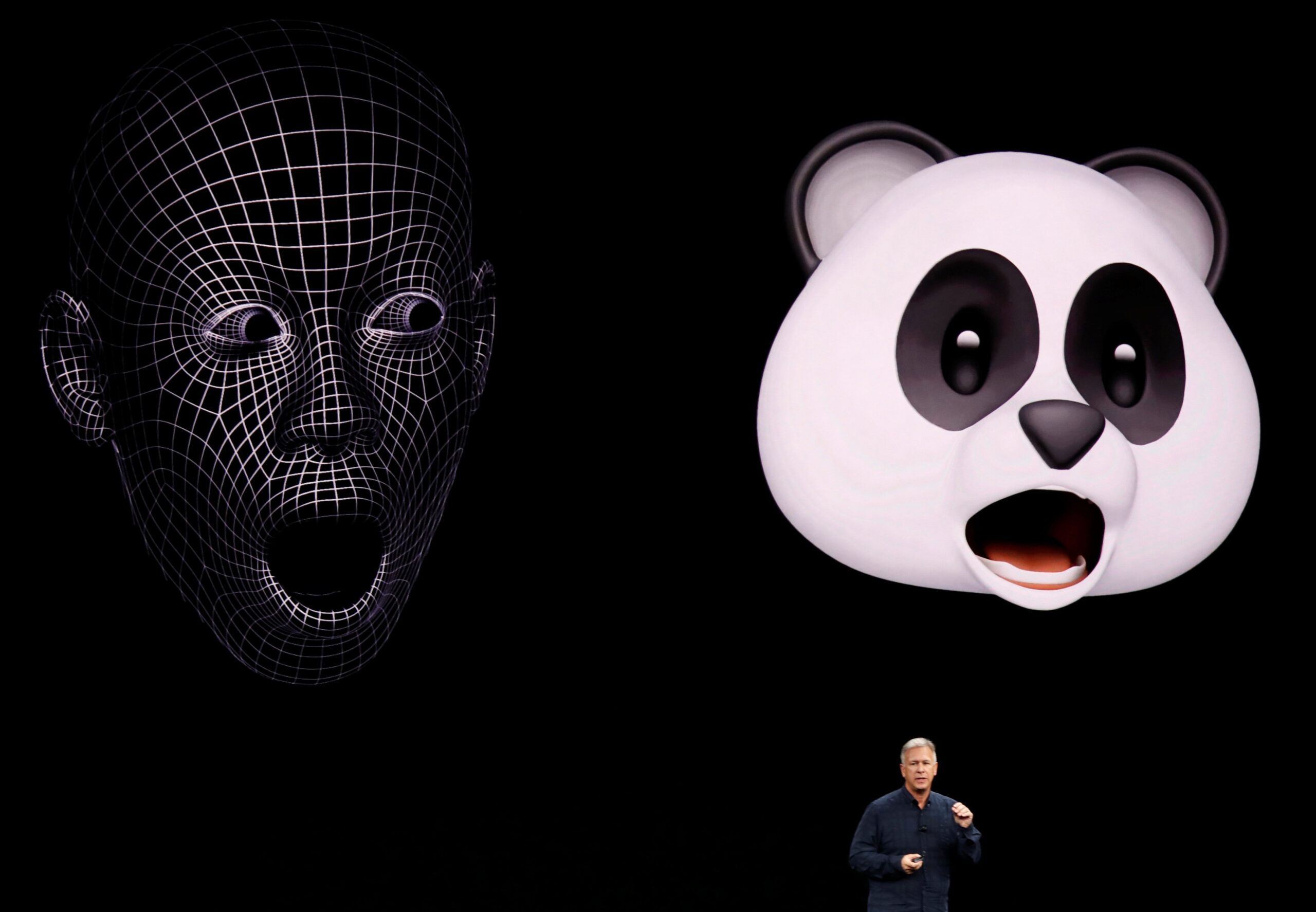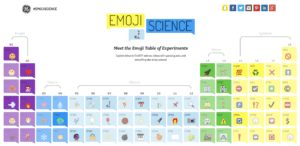One of the more interesting announcements from Apple’s September 12 special event was the unveiling of the animoji. The animoji is a new type of emoji in which your facial expressions animate an emoji. The iPhone X, when available in November, will track your facial expressions and make your favorite emoji, whether unicorns or aliens, become even more dynamic through your personality.
According to Apple Vice President of Software Craig Federighi, who demonstrated animoji onstage, animoji will make it possible for you to record an audio message, resulting in your animoji becoming synced with sound. He said that with animoji, users can “breathe our own personality” into your favorite emoji, which evoked reactions such as “fun and maybe a little creepy” from Anthony Ha at TechCrunch.
My take: the unveiling of animoji is another sign of how emoji have rapidly taken hold as a legitimate way for people and businesses to communicate. Consider these usage statistics, aggregated by DMR:
- Nearly eight out of ten women online consider themselves frequent emoji users, and 60 percent of men online do as well.
- About half of Instagram comments contain emoji.
- Nearly six out of 10 of the top 500 brands have tweeted an emoji.
The popularity of emoji has certainly increased since the data was reported in 2015. In fact, according to a report published by platform provider Emogi, in 2016 people sent to each other 2.3 trillion mobile messages that incorporate emoji.
Brands have taken notice and are incorporating emoji into their digital marketing. For example, Toyota recently launched an ad campaign that incorporates users’ tweeted emoji into short-form video content. General Electric famously created an #EmojiScience campaign consisting of a website, emojiscience.com, which contains emoji as a periodic table of the elements. By clicking on each emoji, site visitors learn more about science, a topic that is at the core of the GE brand.
Meanwhile, Emogi is among the companies developing tools to help businesses incorporate emoji into their branding. For instance, Emogi introduced a way for businesses to embed branded emoji into text messages, which is important because texting is a huge vehicle for emoji sharing.
Our advice to you is to first know how emoji-centric your audience is. Use tools such as social monitoring to understand how your audience uses emoji, when, and why. Then start experimenting with emoji. Test ads and organic content with and without emoji and determine which are most effective. But don’t ignore emoji. As the Apple special event demonstrated, emoji are not going away. They’re becoming more and more sophisticated and common. Contact True Interactive to understand how to incorporate content such as emoji into your marketing. 😀
Lead image source: REUTERS/Stephen Lam

